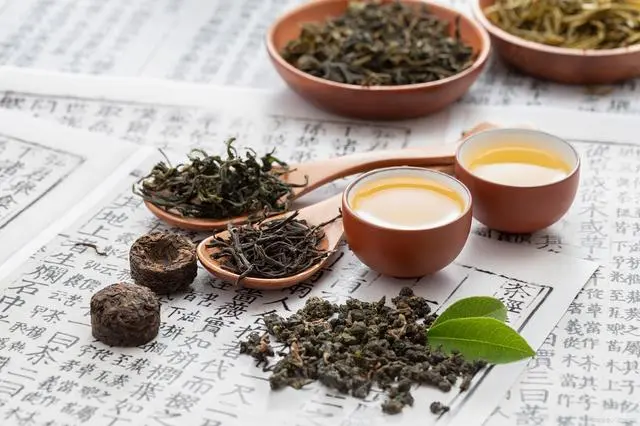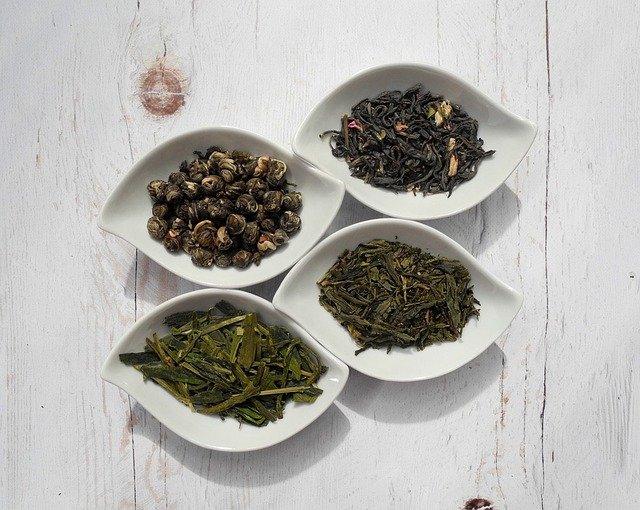Tea, as a traditional Chinese beverage, has a wide variety of types. Each type of tea has its unique production process and flavor. However, many people have doubts about the shelf life of tea. So, how long is the general shelf life of tea? Can expired tea still be drunk?
Generally speaking, the shelf life of tea varies depending on its type and production process. The shelf life of various types of tea such as green tea, black tea, dark tea, yellow tea, white tea and scented tea each has its own characteristics. There are 4 situations. The aged tea can be even more delicious than the new tea of the current year. Let’s analyze the shelf life of different teas below. Understanding and correctly preserving these teas is crucial for ensuring their taste and quality.
1. Green tea
Green tea is valued for its freshness. As an unfermented tea, its shelf life is relatively short. Generally speaking, unopened green tea can be stored at room temperature for about one year, and it is recommended to drink it as soon as possible after opening to maintain its fresh and refreshing taste and nutritional value. If you store green tea in a special refrigerated refrigerator, its shelf life can be extended to about 18 months. If green tea is exposed to a high-temperature environment, it will oxidize quickly, a large amount of chlorophyll will decompose, and green tea will also be severely damaged. The key point of drinking green tea is the word “freshness”. It is best to finish drinking the green tea of the current year within the same year.
2. Black tea
As a fully fermented tea, its shelf life is relatively long, usually about 2 years. The taste of black tea is mellow and rich, and it is a type of tea loved by many people. However, even properly stored black tea may change its flavor after 2 years. Therefore, when storing black tea, we should pay attention to keeping the environment clean, moisture-proof and odor-free to extend its shelf life.
3. Oolong tea
Oolong tea, a gem among semi-fermented teas, has a relatively long shelf life, usually up to 18 months. The length of its shelf life is not only controlled by the moisture content of the tea itself but also protected by the moisture-proof performance of the packaging material. Oolong tea also requires proper storage conditions to showcase its unique charm.
Taking Wuyi Rock Tea as an example, after two years of storage, its taste and aroma will be more mellow. The charm of Tieguanyin lies in the accumulation and precipitation over the years. As long as it is stored properly, it can shine more and more in the baptism of time, becoming more fragrant as it ages, and more flavorful as it is tasted.
4. Dark tea
This unique type of tea, dark tea, has attracted many tea lovers since ancient times with its unique charm and rich nutritional value. Dark tea belongs to post-fermented tea. Through a long aging process, its quality will be improved. Therefore, the shelf life of dark tea is relatively long, generally about 5-10 years or even longer. Dark tea has a mellow taste and a unique aged aroma, and it is one of the favorite types of tea for tea lovers.
5. Yellow tea
The production process of yellow tea is similar to that of green tea, but with an additional step of “men huang” (a process of yellowing). Yellow tea has a mellow taste and certain medicinal value. Therefore, the shelf life of yellow tea is similar to that of green tea, generally about one year. When storing yellow tea, attention should be paid to the dryness and cleanliness of the environment to ensure its taste and quality.
6. White tea
White tea has high medicinal value. The correct preservation method can enable white tea to undergo the transformation of “one-year tea, three-year medicine, and seven-year treasure”, becoming more fragrant as it ages. White tea belongs to slightly fermented tea with a simple production process and a relatively long preservation time. Generally speaking, the shelf life of white tea is about 3-5 years, but the quality of high-quality white tea will improve after a long period of aging.
7. Flower tea
Flower tea is made by using green tea or black tea as the base and adding various flower buds or petals. The shelf life of flower tea depends on the type of the base tea and is generally similar to that of green tea or black tea.
8. Pu’er tea
Pu’er tea is divided into two types: ripe tea and raw tea, and their shelf lives vary. The shelf life of ripe tea is approximately 15 years, while raw tea becomes more valuable with age due to its special storage process. When preserving Pu’er tea, it is important to ensure a dry, clean and well-ventilated environment to guarantee the stability of its quality.
The correct preservation method is very important for extending the shelf life of tea. The following are some suggestions for preserving tea:
1. Avoid high temperature and humidity: Tea should be stored in a dry, ventilated, and light-shielded environment, avoiding direct sunlight and high-temperature roasting.
2. Avoid odors: Tea has a strong adsorption property and is prone to absorbing odors from the surroundings. Therefore, when storing tea, avoid placing it together with spices, cosmetics and other items.
3. Seal for preservation: Tea should be stored in containers with good sealing performance, such as iron cans and tin cans. This can prevent tea from getting damp, moldy and deteriorating.
4. Avoid repeated unsealing: Repeated unsealing will cause the tea to be exposed to the air, accelerating oxidation and deterioration. Therefore, it is recommended to minimize the number of unsealings each time you take the tea.
The shelf life of tea varies depending on the type and production process. Understanding the characteristics of the shelf life of various types of tea and adopting the correct preservation methods can extend the shelf life of tea and maintain its excellent quality.




